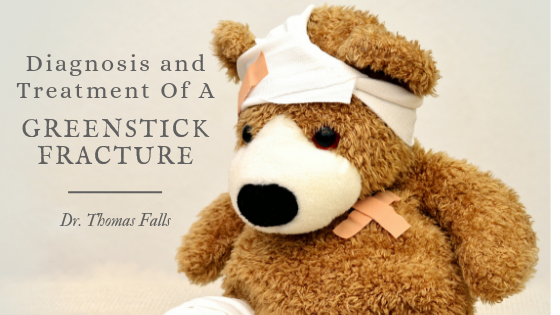An injury known as a greenstick fracture can be painful and debilitating, but it’s usually an easy injury to treat.
The Definition of Greenstick Fractures
Greenstick fractures are breaks that occur on one side of a stricken individual’s elongated arm or leg bones. That said, these fractures do not extend the length of the impacted structure.
Who Is Most At Risk
In many instances, children stand the greatest risk of developing these maladies because their bones are typically softer and not as sturdy as those of an adult. The ailment is very common in young people. Researchers observe that millions of young people sustain these injuries on an annual basis. In a number of cases, the break occurs during a fall or during some form of physical activity.
However, adults with medical conditions that alter bone strength or structure, such as osteoporosis or certain nutritional deficiencies, may be at an increased risk of developing greenstick breaks.
Associated Symptoms
Physical manifestations will vary depending upon the fracture’s severity. When mild to moderate breaks occur, afflicted persons might experience symptoms like dull aches or bruising surrounding the impacted bone. However, should the fracture be more serious, stricken individuals may witness significant swelling around the broken bone, intense pain and mobility difficulties.
Diagnosis
Should a parent suspect that their child has sustained a greenstick fracture, the youth should be evaluated by a physician as soon as possible. A delay in diagnosis or treatment could result in a more severe injury that causes the stricken individual to incur more pain, increased recovery time and potentially more aggressive treatment. Fractures are typically confirmed using diagnostic tools such as X-rays.
Treatment Options
Remedial efforts will be dictated by the fracture’s severity. Common treatment options include:
- Immobilization
Greenstick fractures are susceptible to further breakage. Ergo, immobility keeps the injured bone from moving and lessens this risk. Doctors will place the impacted limb inside a cast. Typically, immobilization lasts for several weeks or until the impacted bone is sufficiently healed.
- Surgery
Should the break be severe or cause significant symptoms like intense discomfort or immobility, surgery to repair the break and realign the impacted bone might be indicated.
- Pain Medication
Doctors might prescribe medication designed to alleviate the associated discomfort.
- Follow-Up Care
Several weeks after initial treatment, follow up care is usually indicated. During the follow-up, the stricken individual’s doctor will take subsequent X-rays to determine how well the healing process is progressed and institute any other remedial measures if need be. In many cases, greenstick fractures heal within one to two months.

